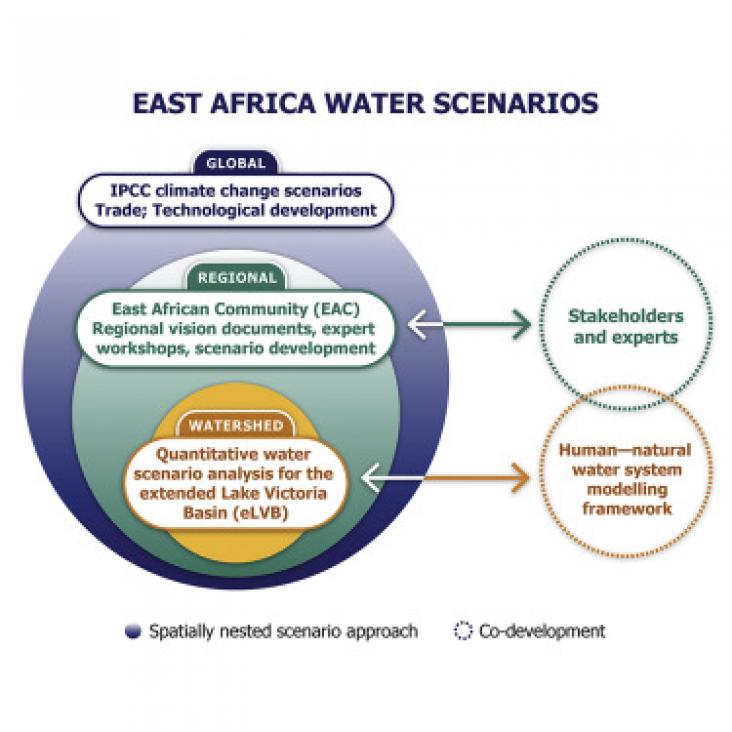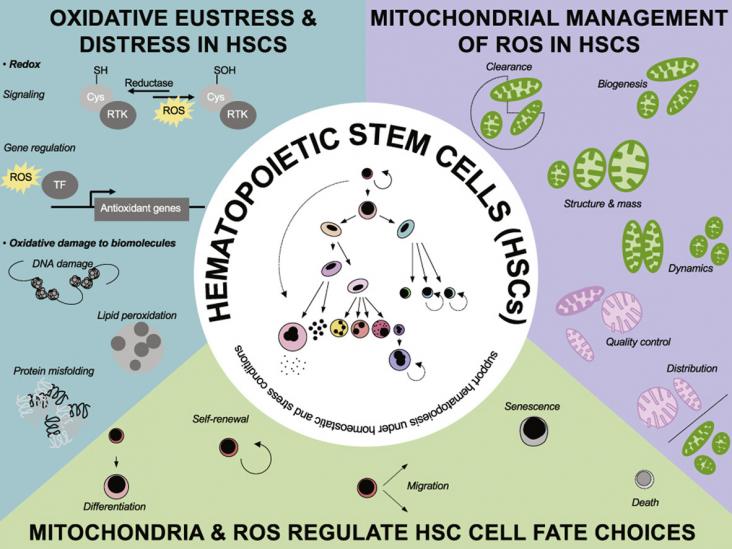This Article supports SDGs 3 and 10 by evaluating ethnic inequalities in health among older adults (55 years or older) in England. The large, cross-sectional study includes more than a million survey respondents, and identifies wide ethnic inequalities in health-related quality of life, prevalence of long-term conditions, experiences of primary care, support from local services, and confidence in managing one's own health. Outcomes varied widely between minority ethnic groups, both in the direction and magnitude of associations.
This article supports SDGs 3 and 10 by assessing racial and ethnic disparities in seasonal influenza vaccine uptake among older US adults. The findings show substantial disparities in uptake and suggest that new strategies are urgently needed to address these inequities.

A hydro-economic assessment of the headwaters of the Nile River revealed the upstream-downstream linkages and interconnections among socio-economic development, climate change, and the environment.
This Viewpoint supports SDGs 3, 6, and 7 by discussing some of the reasons why many of the innovations and technologies for WASH (water, sanitation, and hygiene) and household air pollution developed in recent decades have not led to the expected improvements in health outcomes, and why many of these interventions have either been inconsistently adopted by low-income households, or not adopted at all.
Elsevier,
Understanding Female Offenders, Psychopathy, Criminal Behavior, Assessment, and Treatment, 2021, Pages 33-112
This chapter advances goals 3 and 5 by examining the range of common misconceptions and misinformation that permeates the female offender literature. Finally, we conclude with ten myths about female offenders and offer guidelines for identifying bias and how to avoid it.
Climate change can have detrimental effects on child health and wellbeing.
RELX’s Global Head of Corporate Responsibility, Dr Márcia Balisciano, talks to Dr. Marianne Legato about gender-specific medicine.

What vaccines are currently available? How will they help? Are they safe? Is Covid-19 here to stay and will there be more pandemics? Just some of the questions answered by John McConnell, Editor, The Lancet Infectious Diseases.

In recognition of International Women’s Day (IWD), Elsevier, a global leader in information analytics specializing in science a

Hematopoietic stem cells (HSCs) are responsible for life-long production of blood and immune cells. HSC transplantation (HSCT) is the original cell therapy which can cure hematological disorders but also has the potential to treat other diseases if technical and safety barriers are overcome. It is hoped that HSCT can become safe enough to treat non-life-threatening disorders like allergy, psychiatric disorders, HIV, and aging.
